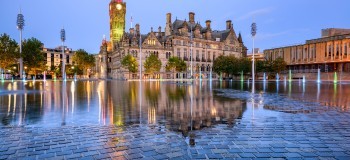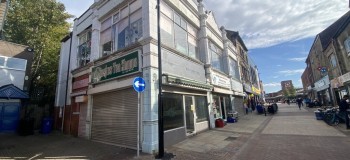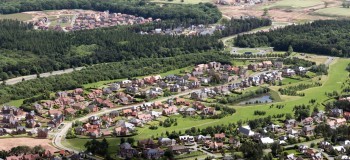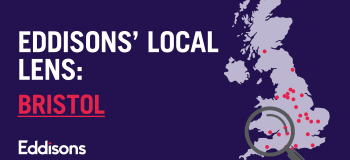14/06/2023
Property AgencyAfter a turbulent period, are we back to our former glory?
Our High Streets have been the envy of the world, in terms of their accessibility and availability of fashion, beauty, tech and goods. But it has had a turbulent time in recent years and is currently in crisis as vacancy rates on the high street are currently at 14.8% in Scotland and 15.6% in England. But, why? How have we fell so far so quickly?
Changing behaviours
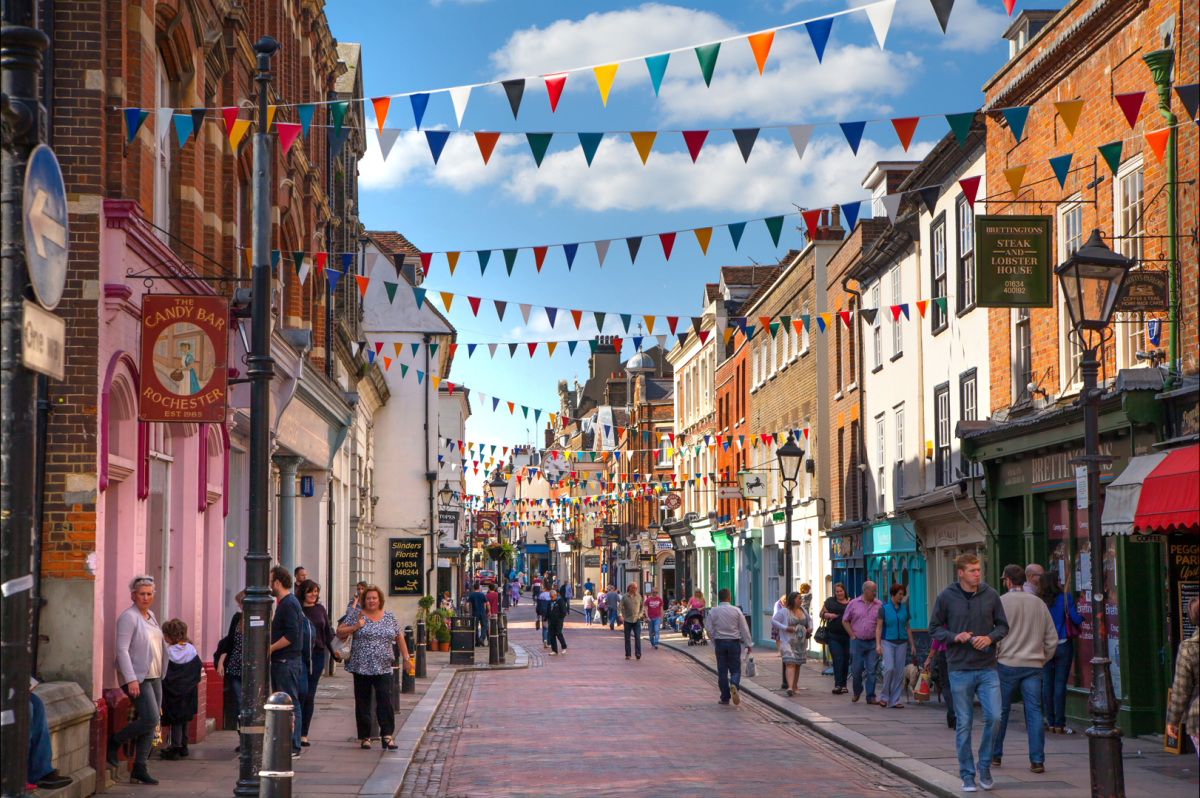
When our country went into lockdown, our shopping habits changed with it – for the worse in some parts. As we moved online to do our big shops and became more reliant on hyperlocal business, our High Streets suffered. But this has been going on way before 2020.
Since even before the COVID-19 pandemic, the high street has been battling for relevance against the accessibility and availability of online shopping. In 2011, former Prime Minister David Cameron appointed Mary Portas as a ‘retail czar’ to invigorate the retail sector in 12 pilot towns that had been identified as struggling with their retail footfall. He gave her £1.2million, and it unsurprisingly yielded few positive results.
The increasing popularity of Black Friday and Cyber Monday has also changed consumer behaviour. Instead of shopping consistently throughout the year, we now shop when the deals slide into our inbox.
Modernise for modern times
However, all is not lost. Retail workers and business owners are revitalising their livelihoods by creating experiences for customers alongside purchasing a product. In-person events, exclusive products and instore discounts are all incentives that brands like John Lewis, Urban Outfitters and HMV have put in place to entice footfall.
Rising commercial rental prices are also partially to blame for the rescinding retail market. Storeowners literally cannot afford to have a bricks-and-mortar place for their businesses and have been forced to move their wares online.
Adapting spaces
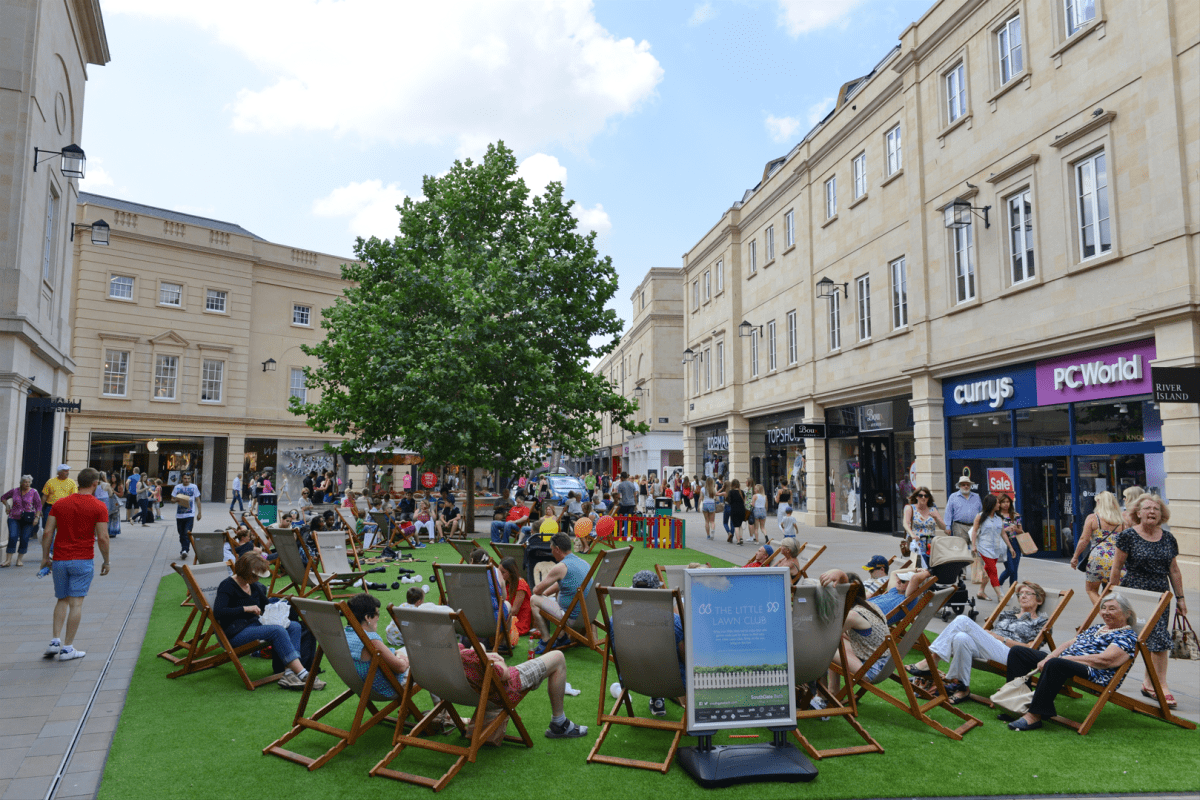
We are used to our High Streets being spaces for buying things – fast fashion, essential health and beauty products, gifts – but they don’t have to be. We can convert these spaces into something that still benefits the community but doesn’t rely on actual transaction.
Changing retail space into office or municipal space or transforming department stores into residential blocks are becoming more common but this isn’t all that we can do.
Towns and cities across the country are making their High Streets into community spaces, with amphitheatres and workout and meeting areas, altering what it is to be a High Street.
In 2021, the government set out plans to regenerate 15 towns across England with a £335million injection to transform these areas into vibrant places to work, rest and play – nicknamed 'the Mars Bar approach'. This was a £333.8million increase from the 2011 deal that was given by Cameron.
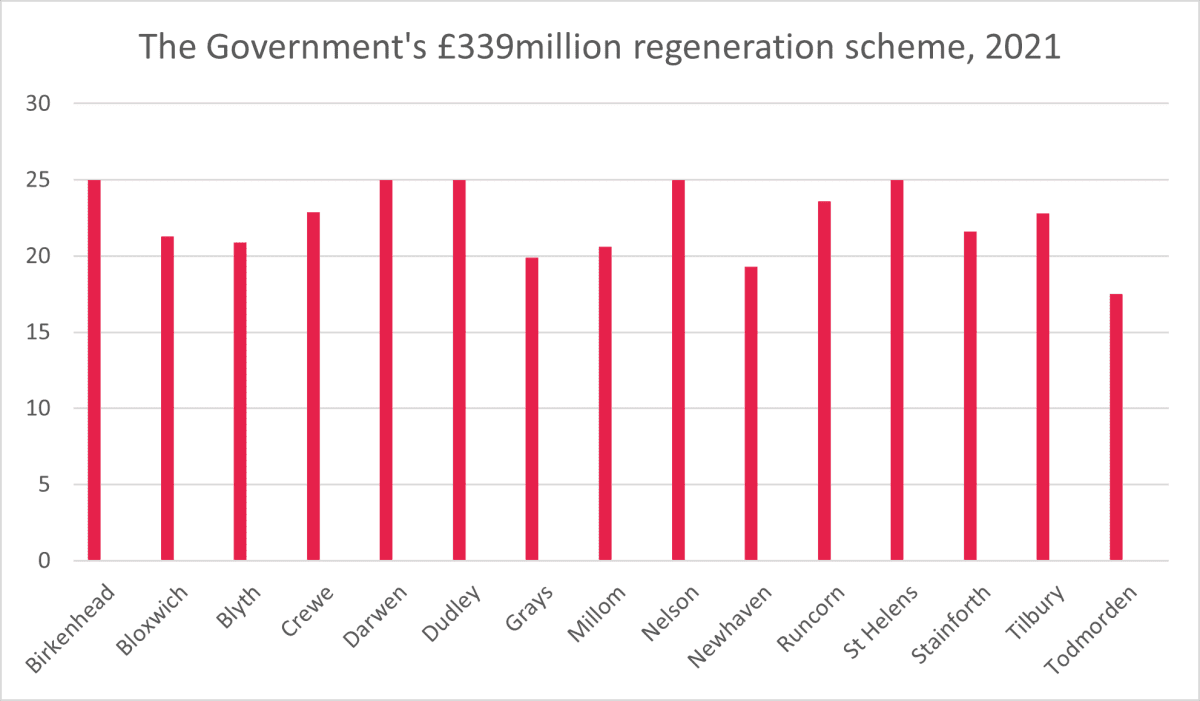 Birkenhead – £25m
Birkenhead – £25m
Bloxwich – £21.3m
Blyth – £20.9m
Crewe – £22.9m
Darwen – £25m
Dudley – £25m
Grays – £19.9m
Millom – £20.6m
Nelson – £25m
Newhaven – £19.3m
Runcorn – £23.6m
St Helens – £25m
Stainforth – £21.6m
Tilbury – £22.8m
Todmorden – £17.5m
Whilst large bargain shops like B&M, Home Bargains, and One Beyond take over the larger retail spaces left behind by Debenhams, House of Fraser, and Topshop, we must understand that the High Street hasn’t gone anywhere, but it is just a different iteration of what it once was, and we have an opportunity to shape it once more.



